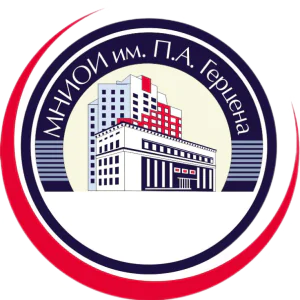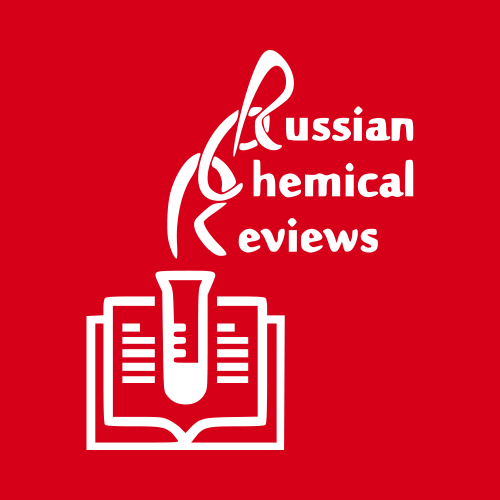
Association of IL-17F rs2397084 (E126G), rs11465553 (V155I) and rs763780 (H161R) variants with rheumatoid arthritis and their effects on the stability of protein
Interleukin-17F (IL-17F), considered a pro-inflammatory cytokine, has been shown to contribute to skeletal tissue degradation and hence chronic inflammation in rheumatoid arthritis (RA). In this study we utilized bioinformatics tools to analyze the effect of three exonic SNPs (rs2397084, rs11465553, and rs763780) on the structure and function of the IL-17F gene, and evaluated their association with RA in Pakistani patients. The predicted deleterious and damaging effects of identified genetic variants were assessed through the utilization of multiple bioinformatics tools including PROVEAN, SNP&GO, SIFT, and PolyPhen2. Structural and functional effects of these variants on protein structures were evaluated through the use of additional tools such as I-Mutant, MutPred, and ConSurf. Three-dimensional (3D) models of both the wild-type and mutant proteins were constructed through the utilization of I-TASSER software, with subsequent structural comparisons between the models conducted through the use of the TM-align score. A total of 500 individuals, 250 cases and 250 controls, were genotyped through Tri-ARMS-PCR method and the resultant data was statistically analyzed using various inheritance models. Our bioinformatics analysis showed significant structural differences for wild type and mutant protein (TM-scores and RMSD values were 0.85934 and 2.34 for rs2397084 (E126G), 0.87388 and 2.49 for rs11465553 (V155I), and 0.86572 and 0.86572 for rs763780 (H161R) with decrease stability for the later. Overall, these tools enabled us to predict that these variants are crucial in causing disease phenotypes. We further tested each of these single nucleotide variants for their association with RA. Our analysis revealed a strong positive association between the genetic variant rs763780 and the risk of developing rheumatoid arthritis (RA) at both the genotypic and allelic levels. The genotypic association was statistically significant[χ2 = 111.8; P value <0.0001], as was the allelic level [OR 3.444 (2.539–4.672); P value 0.0008]. These findings suggest that the presence of this genetic variant may increase the susceptibility to RA. Similarly, we observed a significant distribution of the genetic variant rs11465553 at the genotypic level [χ2 = 25.24; P value = 0.0001]. However, this variant did not show a significant association with RA at the allelic level [OR = 1.194 (0.930–1.531); P value = 0.183]. However, the distribution of variant rs2397084 was more or less random across our sample with no significant association either at genotypic and or allelic level. Put together, our association study and in silico prediction of decreasing of IL17-F protein stabilty confirmed that two SNPs, rs11465553 and rs763780 are crucial to the suscetibility of and showed that these RA in Pakistani patients.
Top-30
Journals
|
1
|
|
|
Russian Chemical Reviews
1 publication, 50%
|
|
|
Mycoses
1 publication, 50%
|
|
|
1
|
Publishers
|
1
|
|
|
Autonomous Non-profit Organization Editorial Board of the journal Uspekhi Khimii
1 publication, 50%
|
|
|
Wiley
1 publication, 50%
|
|
|
1
|
- We do not take into account publications without a DOI.
- Statistics recalculated weekly.






